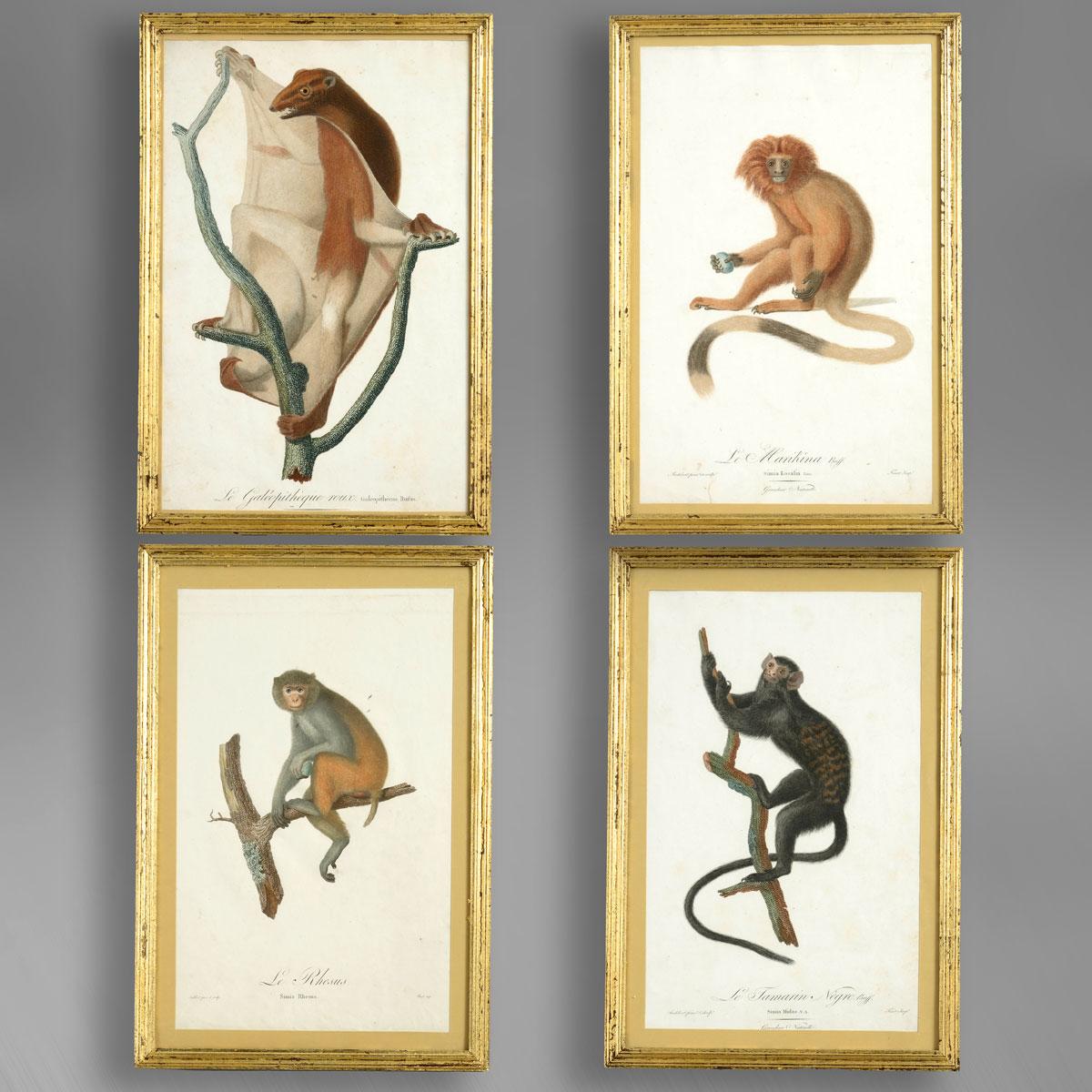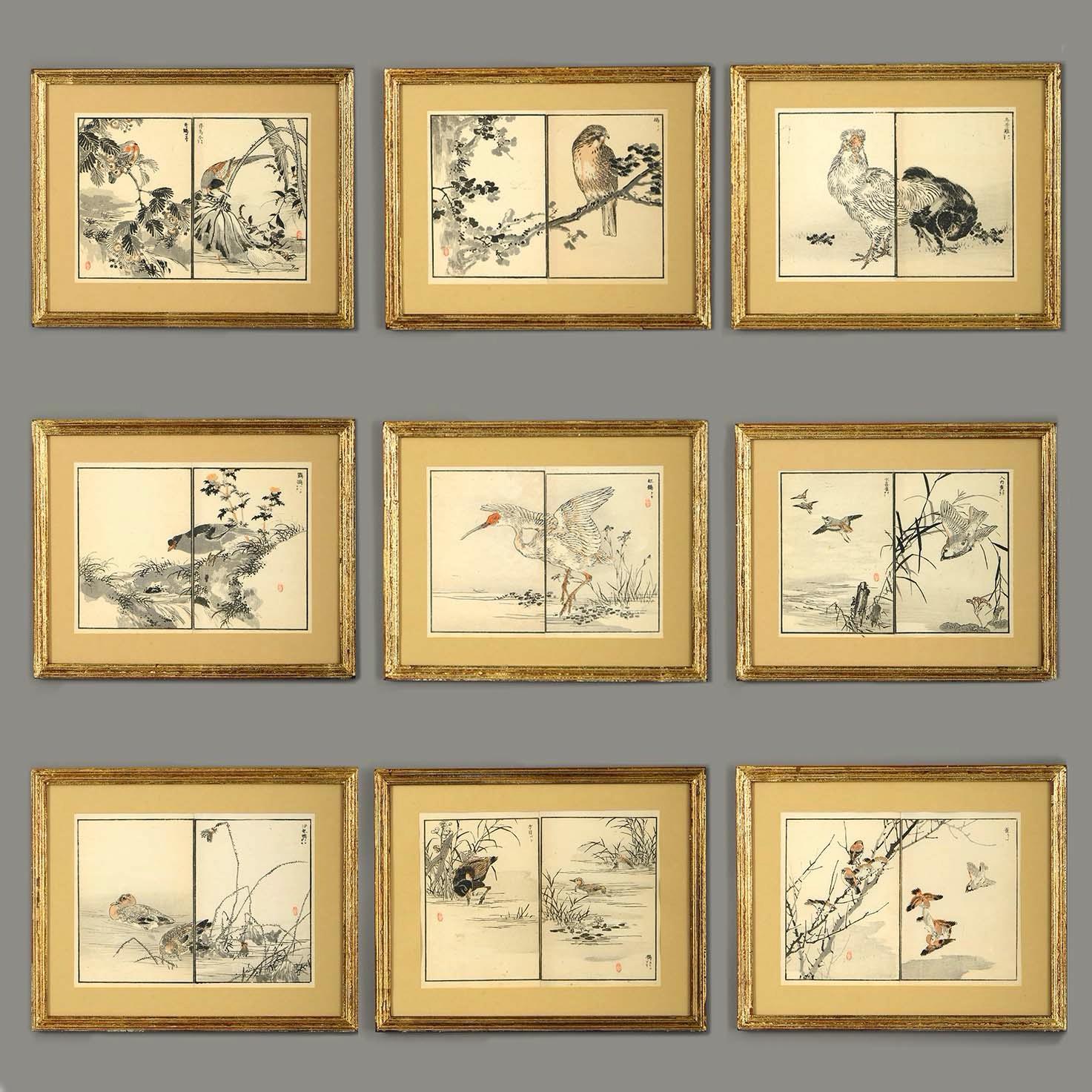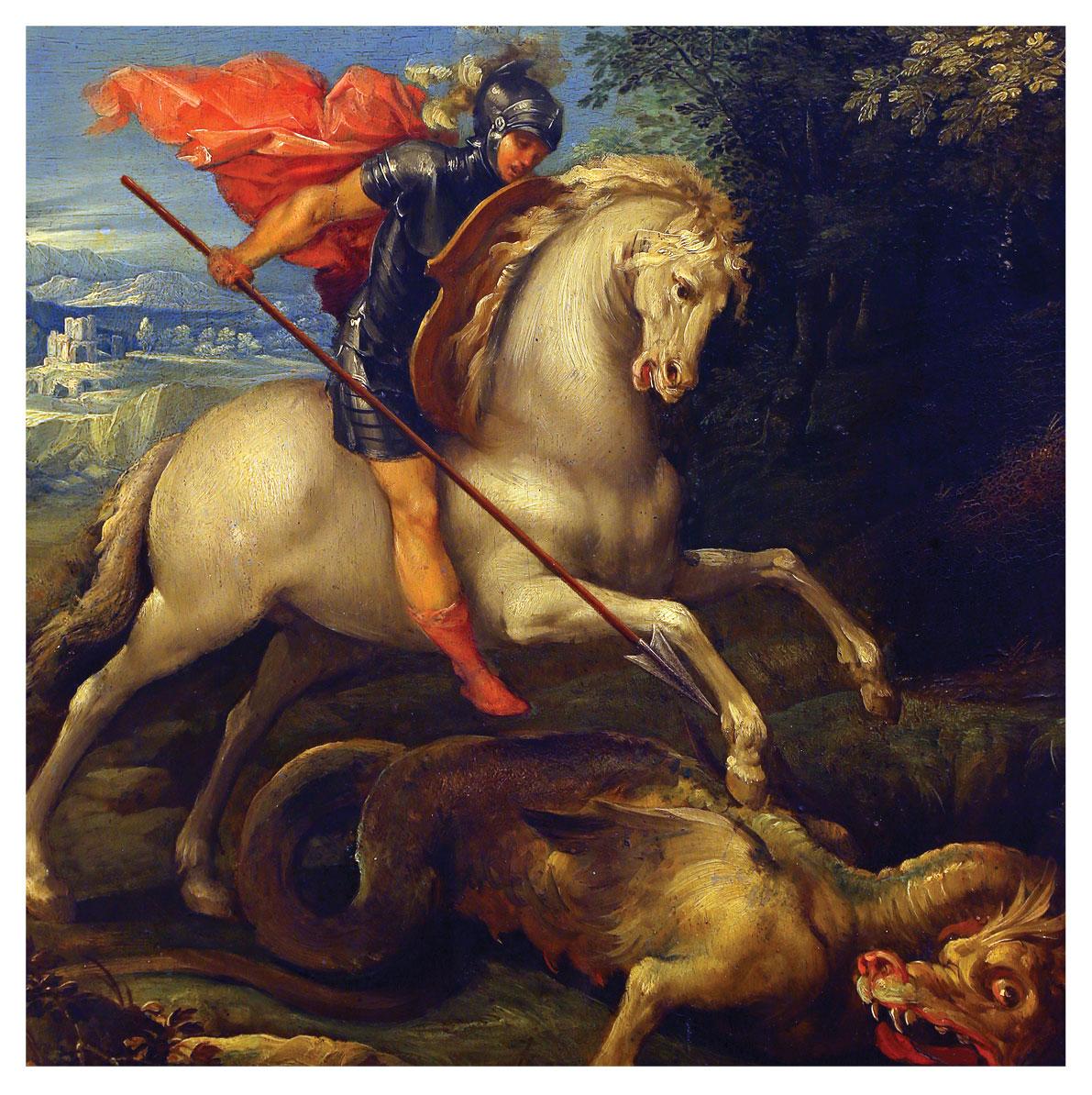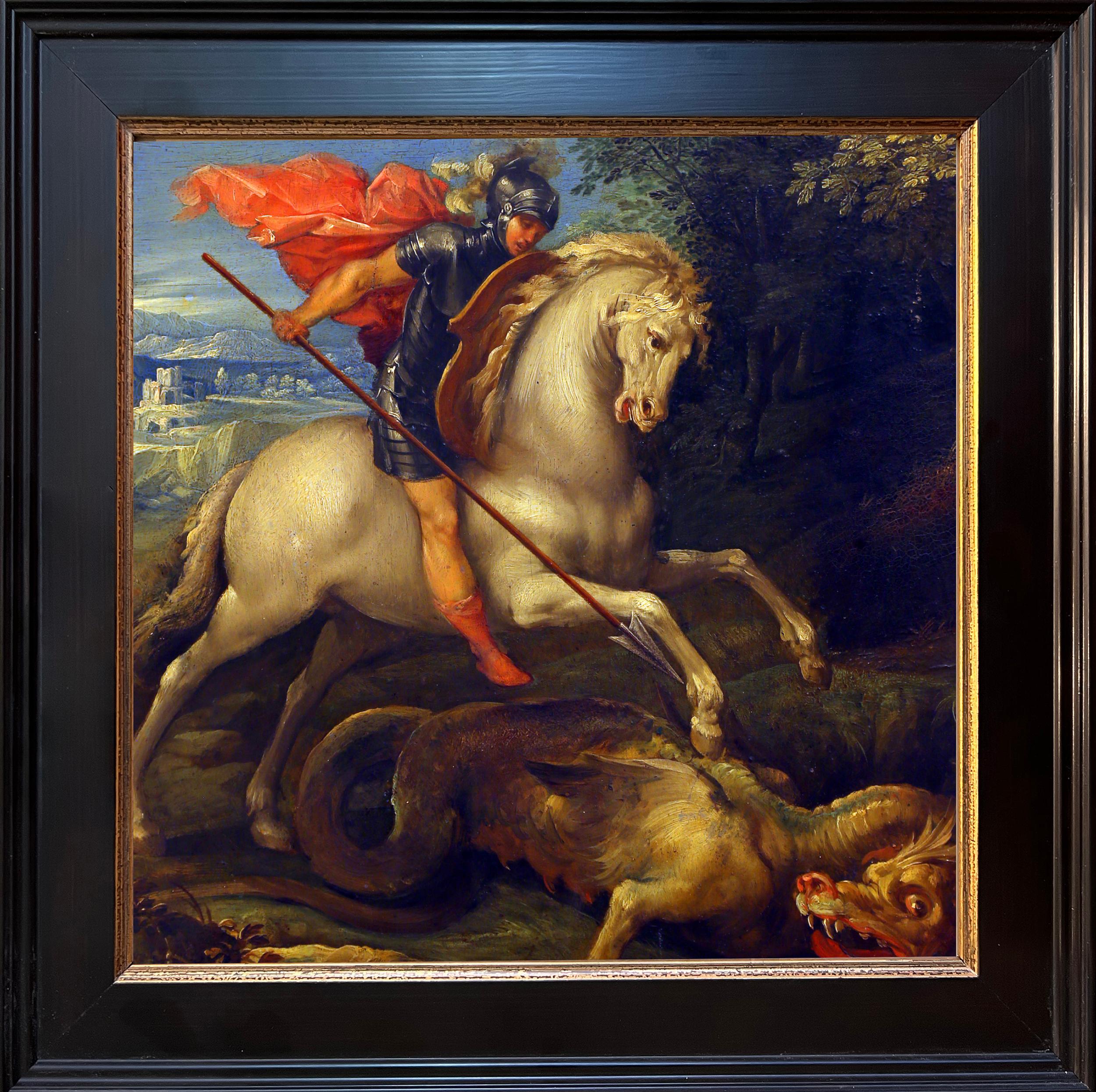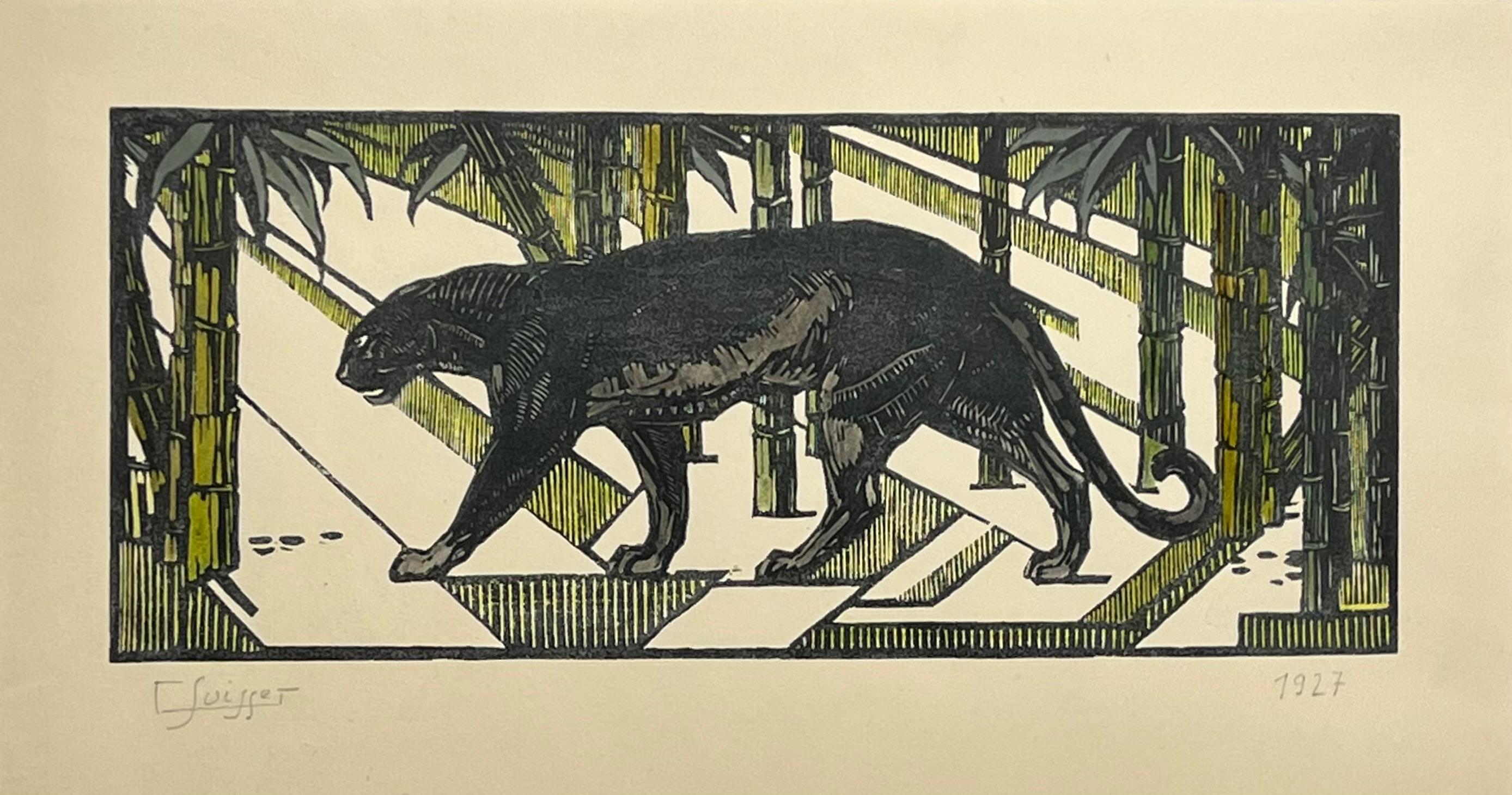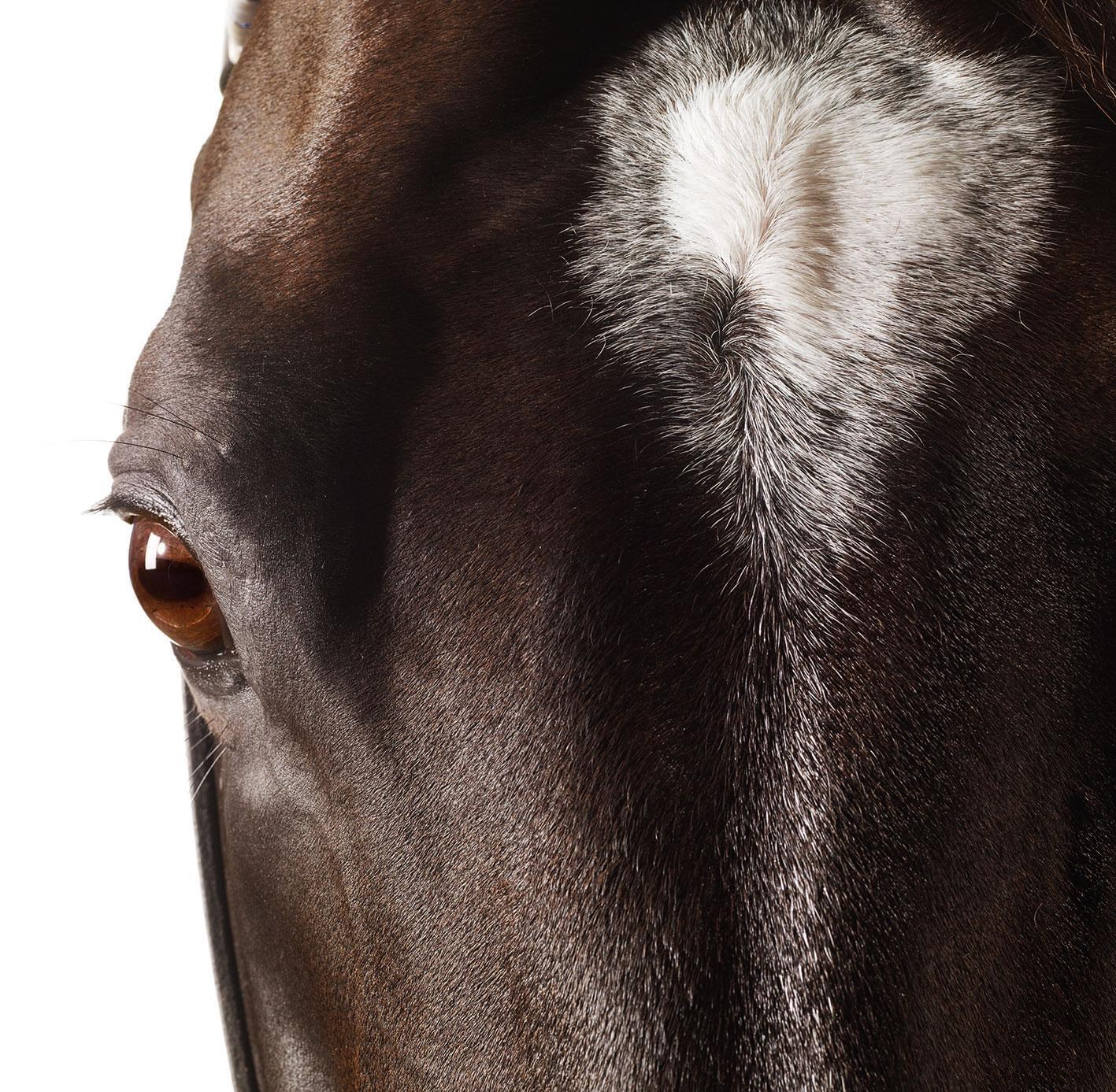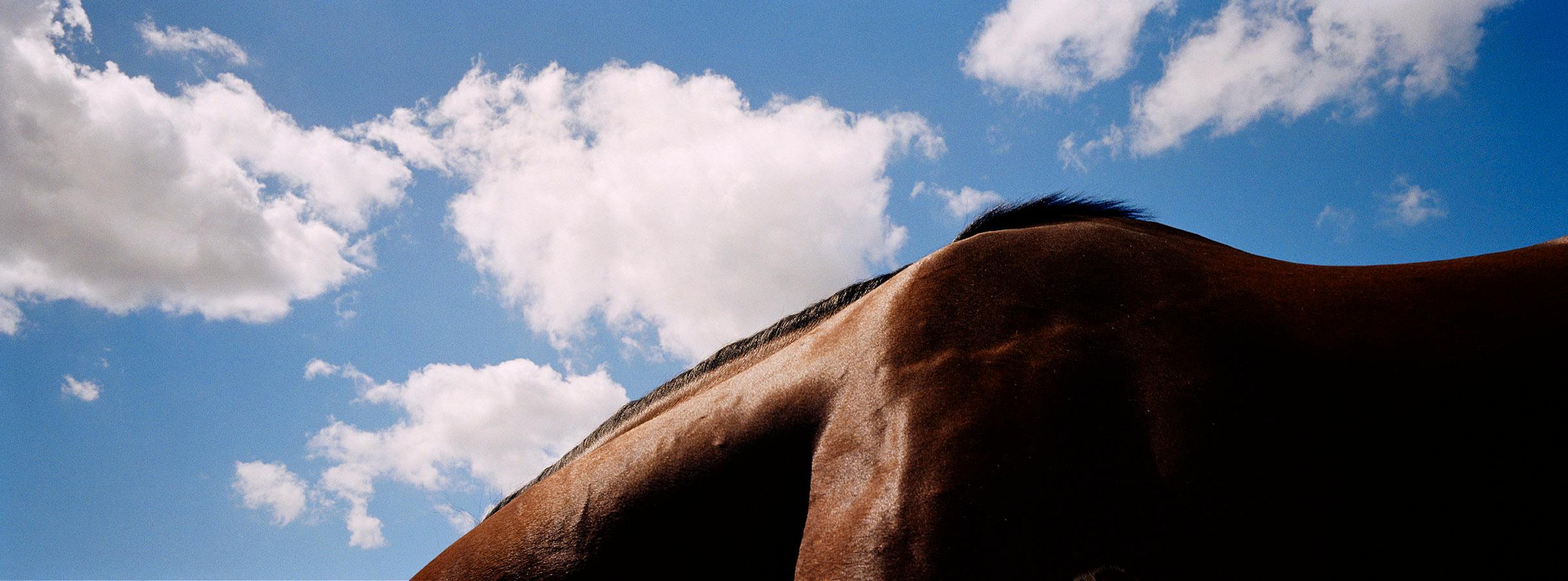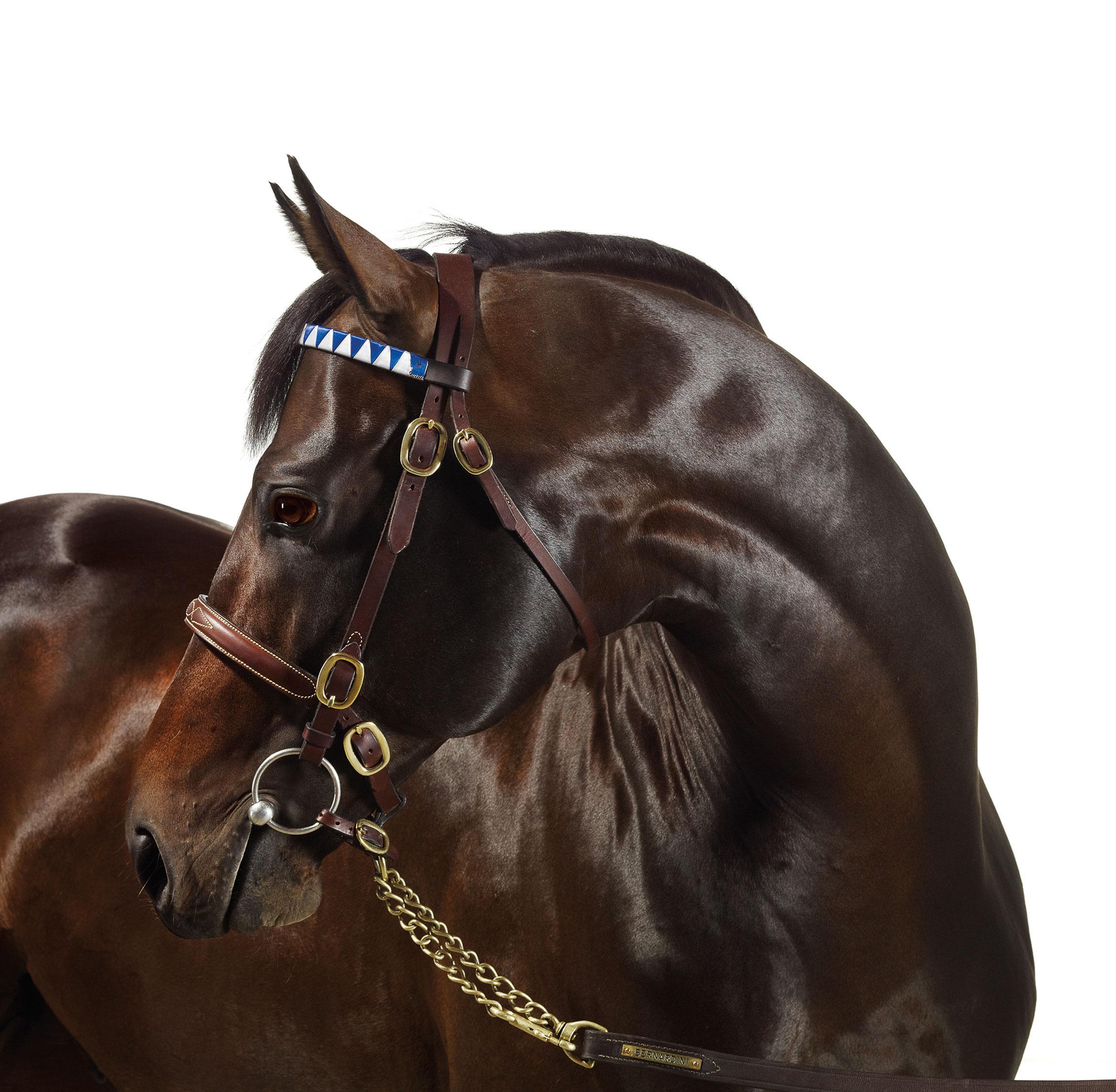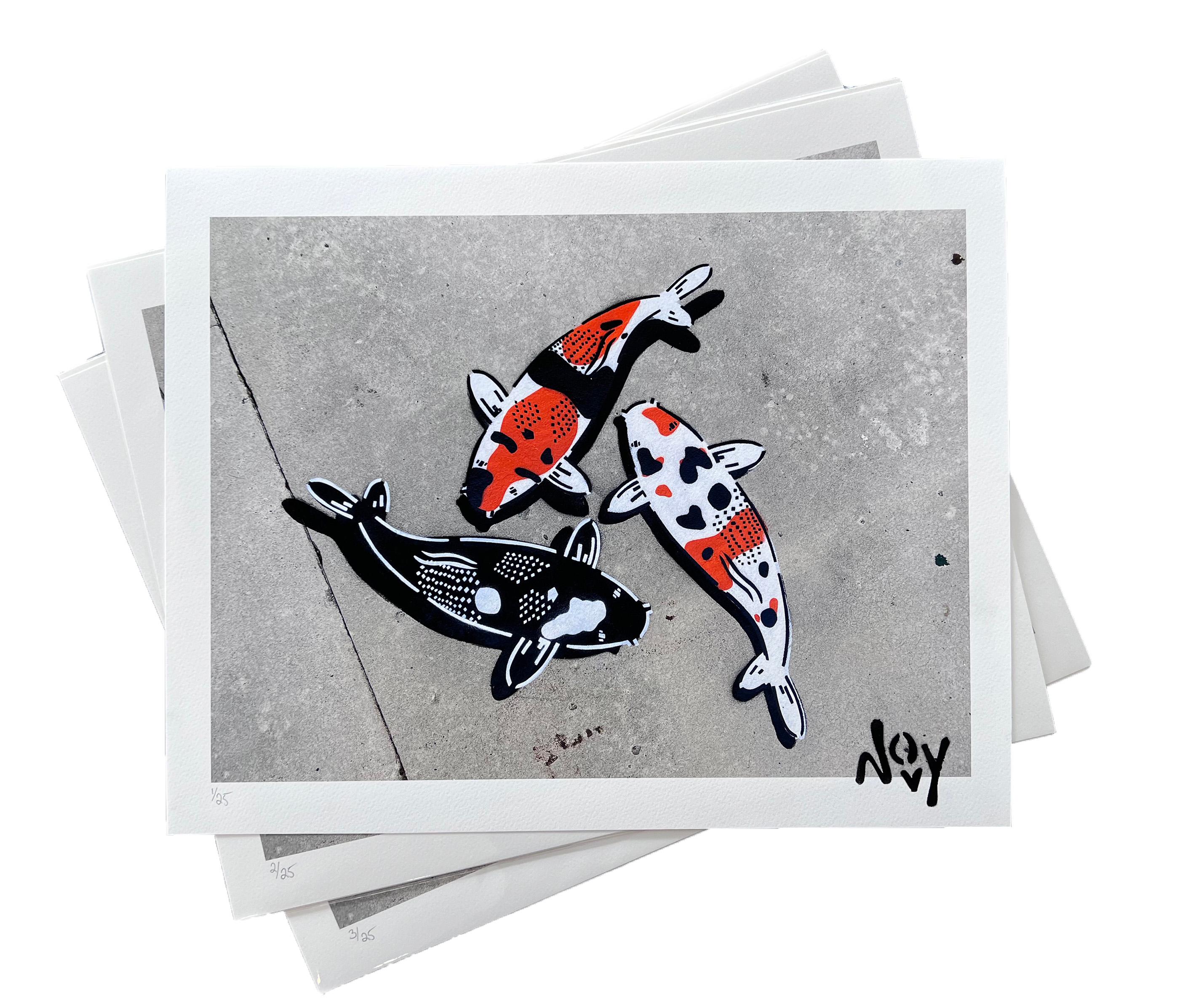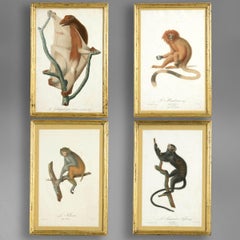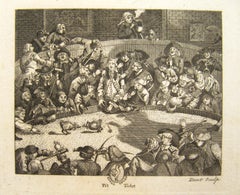Japanese Two Tigers Serigraph #5 By Inikumo 1967
View Similar Items
Want more images or videos?
Request additional images or videos from the seller
1 of 10
UnknownJapanese Two Tigers Serigraph #5 By Inikumo 1967
About the Seller
4.9
Vetted Seller
These experienced sellers undergo a comprehensive evaluation by our team of in-house experts.
Established in 1970
1stDibs seller since 2003
467 sales on 1stDibs
Typical response time: 1 hour
More From This SellerView All
- Antique Engraving Dogs Watching Cats Drink Milk Cats Animal 1895Located in Douglas Manor, NY3881 Dogs and Cats Animal Engraving Image size 11.5x8"Category
1890s Animal Prints
MaterialsEngraving
$300 Sale Price20% Off - French Art Deco Large Lithograph Planting FlowersLocated in Douglas Manor, NY4005 Large planting flowers lithograph Set in a wood frame under glassCategory
1930s Figurative Prints
MaterialsArchival Ink, Laid Paper
- Original Spanish Tourism PosterLocated in Douglas Manor, NY4004 Original Spanish tourism poster Set in a gilt wood frameCategory
1970s Figurative Prints
MaterialsArchival Ink, Archival Paper
- Antique English Colored Original Engraving of an English Gentleman 1919Located in Douglas Manor, NY3905 English Gentleman colored engraving set in a custom made frame Image size 14x10"Category
1910s Portrait Prints
MaterialsArchival Ink, Laid Paper
- Japanese Pagoda Woodblock LandscapeLocated in Douglas Manor, NY3722 Japanese Woodblock on paper set in a vintage wood frame Image size 9x10.5"Category
1940s Landscape Paintings
MaterialsInk
- Cave Drawings Surreal Abstract Symbols Lithograph 1960Located in Douglas Manor, NY3906 Abstract artist proof lithograph on laid paper titled Secrets &Sinai in a silver metal frameCategory
1960s Abstract Prints
MaterialsInk, Archival Paper
You May Also Like
- Four Late 18th Century Hand-coloured Monkey EngravingsLocated in London, GBA group of four late eighteenth century hand-coloured engravings depicting monkeys. Set within giltwood frames From “Histoire Naturelle des Singes et des Makis Peintres d’après Natu...Category
18th Century Naturalistic Animal Prints
MaterialsWatercolor, Paper, Ink
- Nine Late 19th Century Meiji Period Woodblock PrintsLocated in London, GBNine late nineteenth century woodblock prints of birds. Meiji Period. Held in Giltwood frames with wash mounts.Category
Late 19th Century Animal Prints
MaterialsPaper, Ink
- Royal Sports PIT TICKET - 18thC Entry Ticket to Cock Fight in Georgian EnglandBy William HogarthLocated in Meinisberg, CHAfter William Hogarth (British, 1697–1764) Royal Sports PIT TICKET • Engraving by William Dent (British), active from 1783 to 1793 • Inscribed bottom right: Dent sculp • Plate ca. 7.6 x 9.1cm • Image ca. 6.3 x 7.9 cm • Sheet ca. 23.5 x 15 cm Fantastic imagery full of detail and symbolism – For example discover the cast shadow of the dept collector with his truncheon, looming over the winner, whose fast gained riches are being stolen by a thief as we watch. This well know subject was originally created by the famous British artist William Hogarth and then reproduced over time by many contemporary artists as prints of various formats and as paintings. Here we have a rendition engraved by William Dent, who was active from 1783 to 1793 and signed his work in the plate bottom right. I think this impression would date to the late 18th or then to the very early 19th Century. I was told, that these small prints, served as entry tickets to cock fights in Georgian England...Category
Late 18th Century Naturalistic Animal Prints
MaterialsPaper, Ink, Engraving
- After Giuseppe Cesari (1568-1640) After St George Slaying the DragonBy Giuseppe CesariLocated in Sydney, NSWAbout the Painting: St George Slaying the Dragon is a genre painting derived from the legend, St George, a soldier venerated in Christianity who battles and defeats a dragon. The tale recalls a dragon who extorted a village of their worldly possessions, once the villagers had depleted all their livestock, money and trinkets they began to sacrifice humans to the dragon as a tribute once a year. The villagers were content with the arrangement until a princess was chosen as the next offering. St George then rescues the princess and ultimately he slays the dragon, thus liberating the oppressed villages. A moral anecdote of good over evil and a genre work that has been explored by artists since its conception, with iconography throughout European art movements for hundreds of years and still up until this day. About the Artist: Giuseppe Cesari...Category
16th Century Old Masters Figurative Prints
MaterialsMetal
- After Giuseppe Cesari (Italian 1568-1640) St. George Slaying the DragonBy Giuseppe CesariLocated in Sydney, NSWArtist: After Giuseppe Cesari (Italian 1568-1640) Title: St. George Slaying the Dragon Medium: Giclée Fine Art Print on Ilford Galerie Textured Cotton ...Category
16th Century Old Masters Figurative Prints
MaterialsArchival Ink, Rag Paper
- Art deco handcolored woodcut on paper - Walking black panther by Gaston SuisseLocated in Carouge GE, GEGaston Suisse (1896-1988) Panthère noire dans les bambous, 1927 Gravure sur bois, sur papier Velin de Van Gelder. Rehaussé aux lavis d’encre de Chine par l’artiste Signé en bas à gauche et daté 1927 en bas à droite Black panther in a forest of bamboos, 1927 A handcolored woodcut on Velin de Van Gelder paper Signed and dated 1927 Bibliographie /Literature Gaston Suisse, splendeur du laque art déco. Emmanuel Bréon. Somogy Éditions d'art, Paris 2013, reproduite page 105 (un autre exemplaire reproduit) The artist made a wood engraving of which he made about twenty prints himself. These proofs were not marketed as is, Gaston Suisse reworked each of the proofs using Indian ink washes in order to obtain different effects for each proof, which are thus unique original works. Born in 1896 in a family of artists, his father Georges was a close friend of Siegfried Bing and a great lover of Japanese art and a bibliophile. He passed his taste for art to his son whom he often took to draw at the Botanic Garden . Around 1910, Gaston Suisse, who hasn't entered yet the artistic school, met Paul Jouve, then 18 years his elder, who was already famous. In 1911, at the age of 17, he entered the National School of Decorative Art where he followed the teachings of Paul Renouard. Thanks to his knowledge and taste for the Japanese art, he chose lacquer painting as his specialty. His practice of this noble and demanding subject were so much appreciated that he was awarded with two gold medals in 1913 and 1914. Mobilized during the war , he joined the army and go in Salonika where he found his friend Jouve. In 1918, he finished his studies at the School of Applied Arts in order to perfect his training. He learned in particular the techniques of gilding and oxidation of metals. The first productions of Gaston Suisse, furniture and objects in lacquer with geometrical patterns, were an instant success and Suisse was appointed as member of Salon d'Automne in 1924, the very year of his first exhibition. Considered as an artist-decorator, his sincere and deep friendship with Jouve linked him in parallel with the groups of the animaliers of the Jardin des Plantes and became a close friend of Edouard-Marcel Sandoz. When travelling to Maghreb and Middle-East between 1923 and 1925, he produced numerous drawings representing antelopes, apes and fennec foxes...Category
1920s Art Deco Animal Prints
MaterialsIndia Ink, Woodcut
Recently Viewed
View AllMore Ways To Browse
Australian Antique Books
Vintage Advert Prints
Dana Point
Antique Wildlife Prints
Kate Boxer
Ladies Vintage Shoes
Anthony Cooper
Edward Lear Birds
Antique Prints Sydney
George Rodrigue Blue Dog Paintings
Liberty Bed
Antique Entomology Prints
Andy Warhol Endangered
Rabbit Etching
Warhol Endangered
Vintage Circus Dog
Gould Hummingbird Print
Coyote Sculpture
